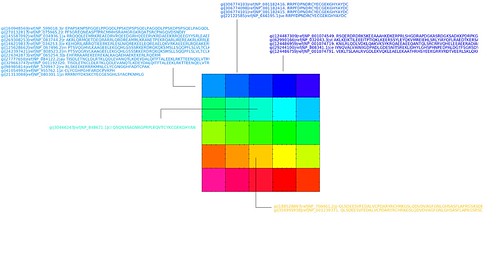Urban Data Challenge Data Visualization
March, 2013
Department of Computer Science, University of San Francisco
Analysis and visualization of data provided by San Francisco’s MUNI transportation system.
Technologies:
- R, for data processing, analysis, and visualization.
Computer Science, Master's Project
January-May 2013
Department of Computer Science, University of San Francisco
In collaboration with Internet Crimes Against Children task force: https://www.icactaskforce.org/Pages/Home.aspx
Project involves cyber crimes, and due to the highly sensitive nature of the project, it may only be discussed in person.
Team: Kristin Henry, Ganbileg Bor, Steely Morneau
mySoundscape: Analysis and Visualization of Audio Samples
May 15, 2012
Department of Computer Science, University of San Francisco

The overall goal was to get a sound profile of my environment. How much noise pollution do I experience, as I go about my day to day life? Development was done for the Android platform, making use of the audio libraries for taking audio samples. Data collection included one-second recordings, every minute, for several weeks. Audio analysis and data visualization was done in Python.
Technologies:
- Android, for data (audio) collection, with an Android application running on a smart phone.
- Python (with Numpy, Matplotlib, and pymongo libraries), for data analysis and visualization
- MongoDB, for persisting results, to support multiple sessions of analysis
Searching for Endogenous Retroviral Proteins in the Mouse Genome
December 2011
Department of Computer Science, University of San Francisco
When a retrovirus becomes established in germ-line DNA, it becomes endogenous. At least eight percent of the human genome has been found to be of retroviral origin. Endogenous retroviral sequences have been found in many species. In our study, we search the mouse (murine) subset of the EST genome database for protein sequences from known murine retroviruses. We use BLAST search results with Phylogenetic Trees and Self-Organizing Maps to discover patterns and familial relationships between the sequences.
Team: Kristin Henry (project lead) and Ty Davis

